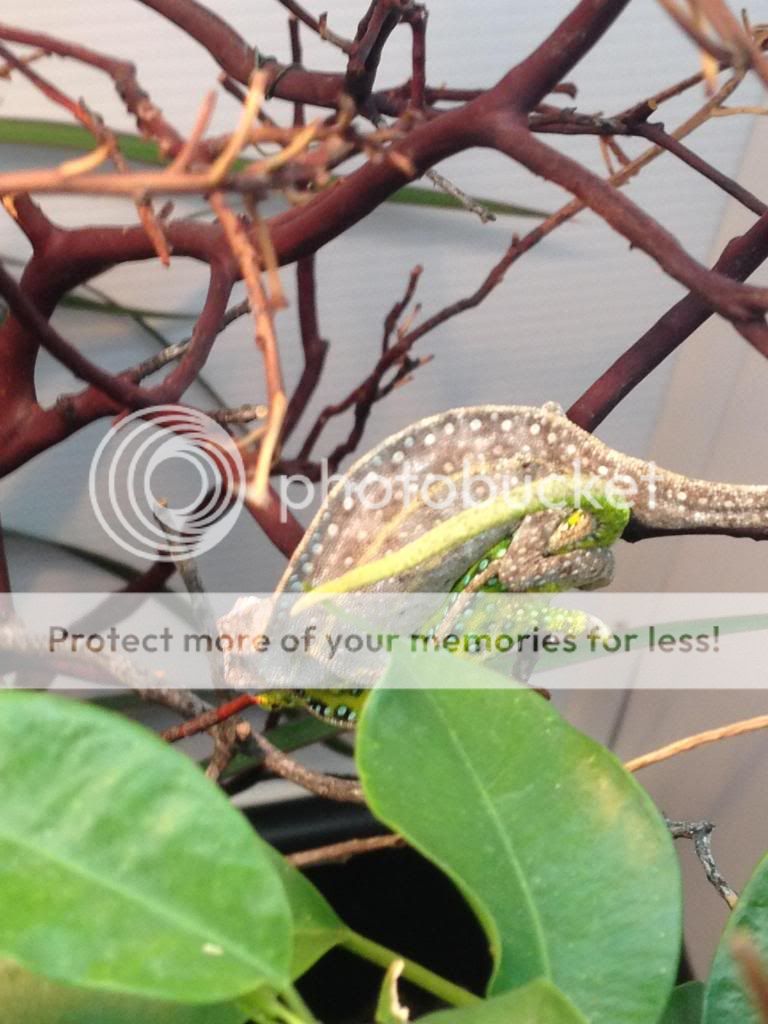Motherlode Chameleon
Chameleon Enthusiast
Campani hatching at 9 months,i had around 7 babys 2 yeaes ago....
How cool did you make it for the diapause?
Chase
Jurgen
Your not saying much have you got any incubation temperatures and diapause temperatures to post?
Best Regards
Jeremy A. Rich








